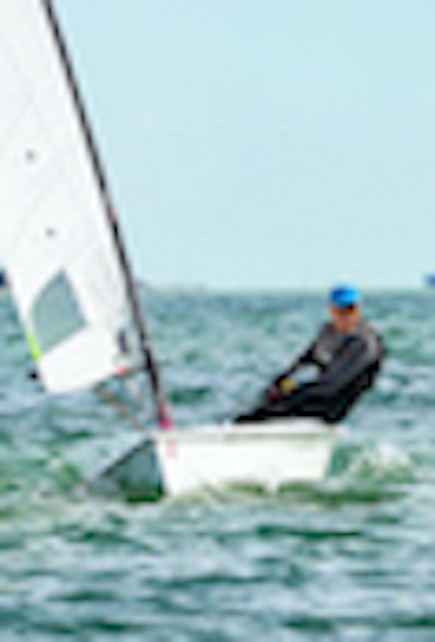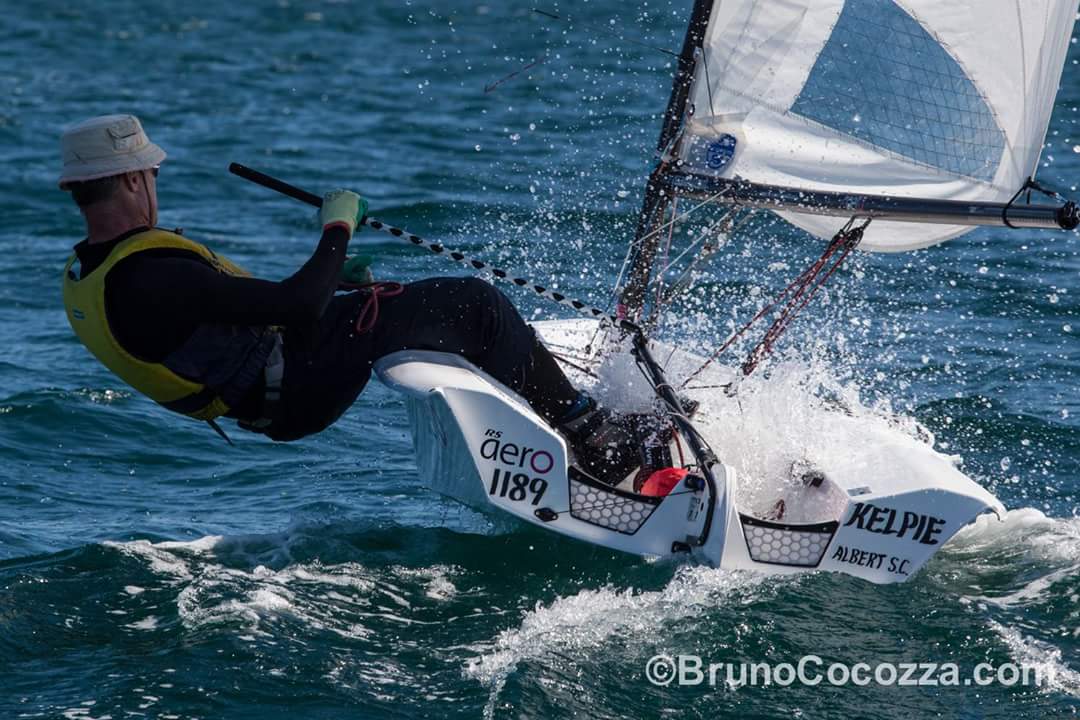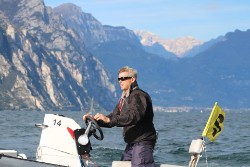
Welcome to the International Class Association website for the RS Aero. Here you will find all there is to know about the RS Aero including the latest news, how to register your boat, and links to relevant documents.
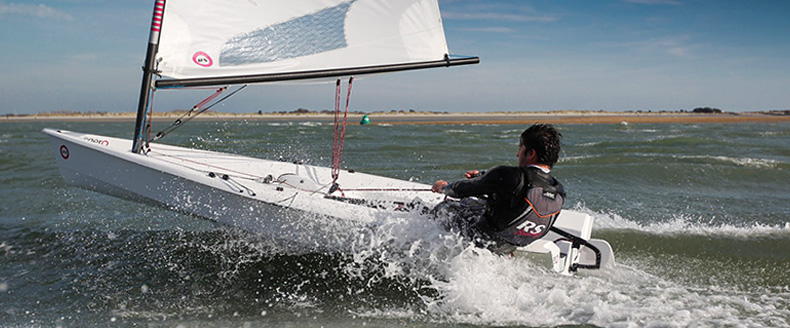
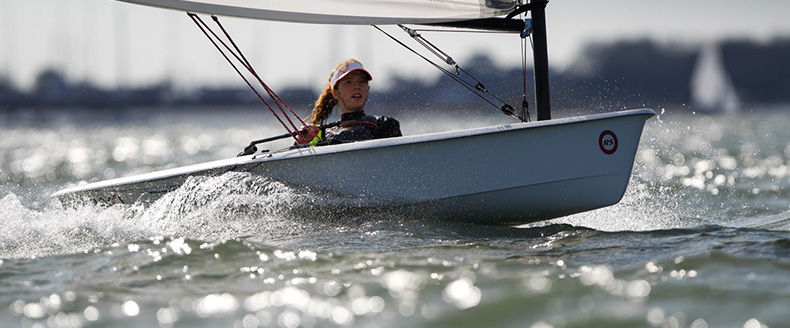
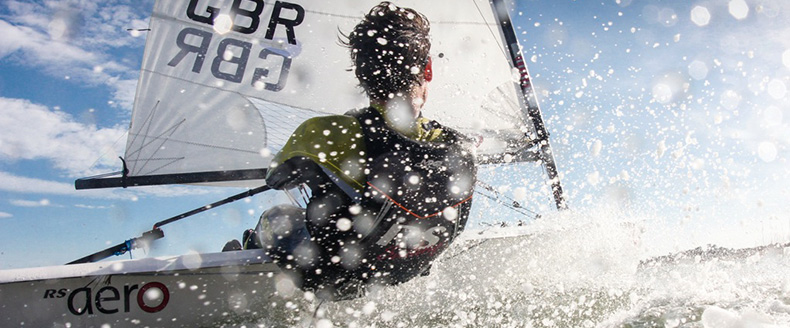
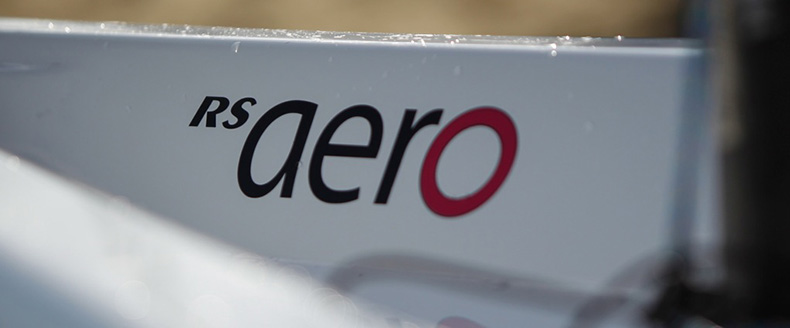
| Home >> Video >> Capsize Corner |
Reply
Practise makes perfect as they say.
On a hot summers days whilst waiting for the breeze and especially if you are getting hot: jump in, swim to the back and give it a go!
Don't try first time in a chop when it's 20+ kn from the NE 😀
Reply
Coming in over the transom:-
1. If on the Starboard side be careful of the Rudder Downhaul tidy cleat digging into a wetsuit; it stops full entry completely if it does.
2. If you wear a zipped bouyancy / flotation aid be careful of pressing the zip base on the transom or cockpit side & breaking the plastic. Result zip undoes from the bottom. Mine did and is now stitched up making it an over the head type.
Coming in over the side from in the water a technique I have used is to:-
1 .Grab the gunnel & push self down & boat up, pull self up & boat down to get over the gunnel sufficient to reach the cockpit side strip but keep lower body & legs as close in to the boat as possible to avoid pulling it over. I am just < 70 Kg.
2. Reach for the mainsheet & pull in just sufficient to feel the boat starting to heel to leeward.
3. Keep tension on mainsheet while raising lower body and legs and pulling into boat.
Like all techniques they take practice & forethought. On practice the Aero gives you plenty. On forethought - that is what the Forum's for.
One further: I have found the tiller falling away and the extension jamming the rudder at 90 degrees stops the boat sailing away. Only when at the transom and ready to start entering over the flaps do I centre the rudder.
Reply
Boat angle to the wind doesn't matter too much coming over stern, anywhere from nearly head to wind to beam reach, and the boat will tend to stay there. Mostly it will be somewhat cross wind as you pull the boat upright. You can swim the back round if necessary because you don't want the sail to fill.
Another technique if you have deep water which I use (especially after a windward capsize or when tired) is to deliberately turtle the boat, climb on top (easy with the gunnels) so you can right it mast downwind, but when on top it is easy enough to swing onto the plate (I am no longer nimble or strong enough to do that from the water) and then 'dry capsize style' step in as the boat comes up. If I get tired and find it hard to get in that is my get out of jail technique. You can also takle a breather while on top of the turtled hull. From a windward capsize it is quicker (so long as you have deep water, don't try on shallow lakes).
Reply
I do have some questions about the transom re-entry approach, though. First, what's the desired angle of the boat relative to the wind? For instance, head to wind, beam reach, somewhere in between? Second, how do you get the hull in that orientation? Do you position it while along the side and then swim aft to the transom, or can you twist the hull around while holding on to the transom? And I assume that you want the sail to be luffing the whole time, with no wind in it like you might do for the over the side re-entry. Thanks.
Reply
(i) for centralising the tiller,
Reply
Reply
Reply
Reply
Reply
Reply
Reply
Reply
While sailing, the shock cord reminds one that larger tiller movements slow down the boat.
Reply
Reply
Reply
- As the rig starts to clear the water, whether you are in the water or standing on the daggerboard, hold on tightly to the front edge of the board. Holding the front edge will avoid you losing grip if the boat accelerates forward and it will also put you in the right position at the front edge of the board for the 2nd righting. If you can reach and hold the new windward gunwale in time before it starts to right then all the better, as that may then avoid the second capsize.
- As the sail catches the wind on a breezy day the boat will blow upright quickly, let the daggerboard or gunwale drag you under the boat, ready to right the boat with the rig now to leeward. Maybe you can also stop the 2nd capsize.
- Now right the boat normally and as quickly as possible, to avoid the boat blowing to leeward of the rig again.
Reply
Reply
Reply
Reply
Reply
Anyone who can not pull in as powerfully could also bob themselves up and down, with their PFD / Buoyancy Aid helping the bobbing. Then pull in on an upwards bob which will help de-weight you (together with the leg kick).
If you can't manage the side easily, just go for rear entry which is easy.
The one he failed on (at about 7mins) the boom had already crossed to his side before he pulled, so effectively he was to leeward. There was no wind to speak of but he still had the weight of the boom and sail his side too.
If there was more wind it would be easier as it would help to counter balance his weight on the pull in.
What a great way to spend a hot windless afternoon mastering that, so he is ready to take on more exciting conditions with increased confidence. A good workout too!
Reply
An RS Aero rights easily as soon as any weight is applied to the daggerboard, due to the light carbon rig. Sailors with a shorter arm reach have an extra challenge in reaching up to the gunwale to complete the righting.
RS have therefore come up with the simple Righting Line arrangement, which is both easier to grab hold of, and has knots that make the necessary 2nd handhold much easier. A dedicated slightly fatter line with knots is attached amidships and held forward under the gunwale with bungee, but drooping a little for easier reach.
When you are in the water and the boat is on its side simply collect the end of the Righting Line at the bow end. Place your 1st handhold on a knot to assist your putting weight on the centreboard to pull the boat up. The addition of the knots will make the 2nd handhold much easier. This will be sufficient to pull the boat upright until you can easily reach the gunwale.
Here Cathy makes light work of the righting at her first attempt, not bad for a first take! In fairness there was no wind and the boat came up easily. These knotted lines will really earn their keep if ever there is a strong breeze blowing against the underside of the hull and rig, resisting the lighter sailors efforts.
[on a separate note Cathy makes light work of climbing back in amidships here. Remember if you are over 80-90kg, depending on the wind strength, climbing in over the windward side of the transom might be the favoured option. From what I have seen that timely kick of the legs is important.]
Reply
Reply
Reply
Reply
Reply
Reply
At a mere 40kg the young sailor had plenty of weight to pull the boat upright from either on its side or turtle through a variety of capsizes that day. Importantly, this allowed a degree of self reliance and independence.
[*With the preference for control lines to now be led over the deck rather than under gunwhales consider fitting capsize lines if necessary]
Reply
Reply
Reply
Reply
Reply
- However, I believe he could have saved the flip by getting a foot up on the daggerboard as the boat came nearly level. With a timely and agile dash over the gunwale and across the boat he could have saved it and had a really speedy recovery!
- He is now back in the water and has to swim around. There is no risk of entanglement around the transom due to the centre mainsheet.
- Pulling down on the daggerboard the first grab reaches the control lines below the gunwales and then the second reaches the gunwales.
- He then goes forward on the gunwales. This does not work as it reduces his leverage as the boat narrows and he lets go.
- On the 2nd attempt he makes light work of reaching the gunwales and pulling the boat flat.
Reply
In any boat test, whether a formal review or simple demo sail, it is important (and fun!) to carry out a thorough capsize test including turning turtle.
Following on from ‘Capsize Monday’ yesterday our Tuesday star, Liam, demonstrates a similar ‘Turn-Turtle’ and ‘Wet’ capsize.
- Knee and then Foot on the gunwale allows the upturned hull to be equally easily boarded.
- Toes lock into that gunwale lip as gentle leaning back starts to pull the boat onto its side.
- Leaning back on the tip of the board provides maximum leverage. However, as the boat rotates moving down the front edge towards the hull and onto the board, if possible, will save effort later.
- Again, with the light rig the boat comes up very easily. This saves the effort of climbing fully onto the board but provides the alternative challenge of climbing into the upright hull.
- With the mainsail a long way out here the hull does tip to windward – but only so far. An assertive leg kick or double leg kick helps here.
- What is interesting here is that even with quite a bit of windward heel and a broad angle the boat remains well mannered, not choosing to bear away any further whilst its master boards.
- 60kg Liam makes light work of climbing in. The grab rails provide easy access to the toe strap, this is critical for those with shorter reach. Keep the weight low and move inboard.
Reply
At the first ever RS Aero Class training at Queen Mary, Oct 2014, we instigated a capsize frenzy at the end of the day to make sure everyone was fully familiar with their brand new craft. The RS Aero is light, super light, and as such conventional techniques need small variations. As they would when you change between any two boats.
- From turtle, a hand push down on the gunwales enables the daggerboard to be reached.
- With fingers now holding the daggerboad the knees can reach and rest on the gunwales.
- Then the feet can step onto the gunwales. Useful features those gunwales!
- Feet placed on the wide gunwales provides maximum leverage with which to lean back on the centreboard comfortably.
- As the boat comes towards the horizontal use the gunwale lip to help step onto the top of the daggerboard for an easier recovery (Ben misses a trick here, but he knows for next time!).
- Now in the water, Ben starts to pull on the dagger board. Climb on the blunt front edge, next to the hull. Due to the featherlight rig the boat is likely to come upright before you can climb on the daggerboard.
- Reach for the gunwale to pull the boat level. If you can't reach the gunwale you can pull the control lines from under the gunwale instead.
- As the boat comes flat you can hold the boat by the gunwale. By kicking the legs in a twisting motion around the hips you can easily hold/move the 30kg hull at the right angle across the wind, if required.
- The cockpit grab rails provide an initial hand hold to pull on before then reaching the toe strap and anyone with a shorter reach than me (I am 5'10" ish tall) will struggle to reach the toe straps on a boat of this width without them.
- Once you have reached the toe strap you are able to sheet in some mainsheet through your two hands, if required. This will both help to balance your weight and stop the boat bearing away.
- Due to the super light hull you should keep your weight low and move swiftly to the centreline before the boat leans to windward.
- Sailors over about 90kg, or those a little less agile, may find it easier to climb back in over the transom if climbing in amidships tips the lightweight hull towards them. A good breeze will make climbing in amidships easier for the heavy sailor, especially if you can sheet in the main. Simple physics really!
- For transom entry the transom flap honeycombs provide a useful handhold and there are no strings crossing the back to worry about entanglement. It may be necessary to push the tiller to leeward to help keep the boat into the wind.
8/10 for Ben Poe on his first day in an RS Aero. I am confident he will score 9s next time...
Reply






